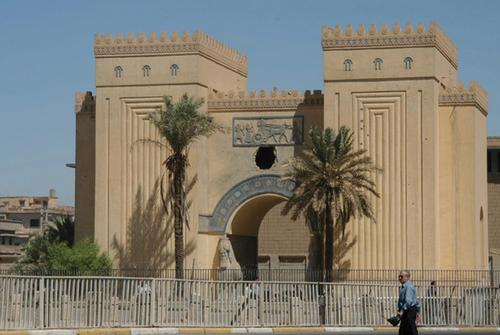29 Aug 2014
Iraq's national museum reopens to the public for the first time since 2003
BY Tom Anstey

Troubled Iraq’s national museum has reopened two renovated halls for exhibition, more than a decade after they were subject to mass looting and destruction during the US/Iraq conflict.
The halls are displaying more than 500 artefacts dating back as far as 312BC, much of which has been retrieved following the looting of more than 15,000 objects of historical importance from the museum over a three-day period at the height of the 2003 US-led invasion.
The state-run museum chronicles more than 7,000 years of Mesopotamian civilisation, but on the whole remains closed to the public because of ongoing security concerns.
Iraq’s cultural heritage is under threat from the ongoing assault from the radical militant group the Islamic State (formerly known as ISIS) which appears to be deliberately destroying heritage sites up to 1,800 years old as it seizes large swathes of the northern and western parts of the country by force.
Some of the most important artefacts on display at the museum include the statue of King Sanatruq I – who reigned from around AD140 to AD180 – and a headless statue of Hercules, the ancient Greek hero famed for his strength.
Both statues come from UNESCO World Heritage site Hatra – just 70km (43 miles) south of the Islamic State-occupied Mosul.
The museum reopening is a big step for the national museum, though plans are afoot to build a new US$1bn (£656m, €766m) replacement
with tighter security on the site of the former Al-Muthanna airport in Baghdad, Iraq.
It is hoped that the new museum will display objects currently being stored in the National Museum of Iraq alongside new pieces, which have been unearthed in archaeological digs across the country.
Close Window